(NLDO) - American scientists have proven that the three "ice hells" that NASA is about to send spacecraft to study may possess underground oceans full of life.
New research from the University of Texas Geophysical Institute and the University of California Santa Cruz (USA) shows that three cold worlds named Miranda, Ariel and Umbriel may possess warm underground oceans and alien life.
Miranda, Ariel and Umbriel are three icy moons of Uranus, named after characters in plays by the famous English writer and playwright William Shakespeare.
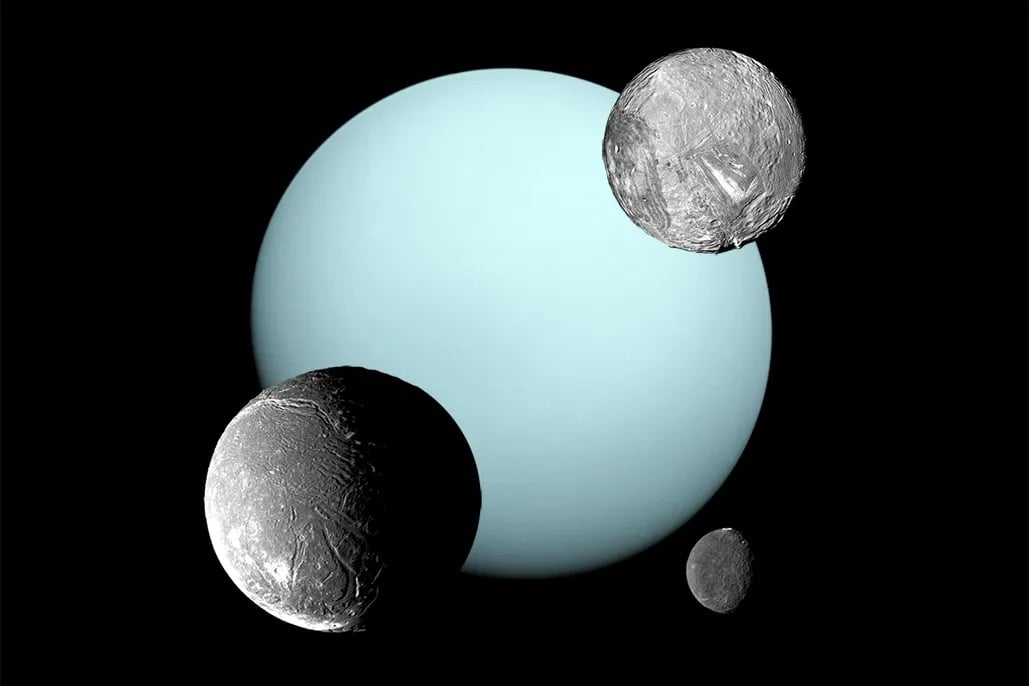
Uranus and its moons - Photo: BBC SKY AND NIGHT MAGAZINE
According to Sci-News, when NASA's Voyager 2 flew by Uranus in 1986, it captured grainy images of the large, ice-covered moons.
NASA is now planning to send another spacecraft to Uranus, specially equipped to see if the distant planet's moons harbor liquid water oceans.
Uranus is very far from the Sun, so its surface and its satellites are extremely cold, making it difficult to live.
But if an underground ocean exists, the outer ice shell becomes a very good insulator. Not to mention, to have liquid water, there must be a heat source to warm the water, such as hydrothermal systems on the Earth's ocean floor, where life can arise and take refuge.
NASA's mission is still in the early planning stages, and research that provides data to inform planning is urgently needed.
These studies are aimed at finding evidence to support the belief in extraterrestrial life, as well as providing suggestions for how spacecraft might capture signs of life when they approach.
The new work is a case in point, in which scientists have built a new computer model that can be used to detect the ocean beneath the ice using only a spacecraft's camera.
Their computer model works by analyzing tiny fluctuations — or wobbles — in the moon's rotation as it orbits its parent planet.
From this, the amount of water, ice, and rock inside can be calculated. A smaller wobble means the moon is mostly solid, while a larger wobble means the icy surface is floating on an ocean of liquid water.
Combined with gravity data, the model calculates the depth of the ocean as well as the thickness of the ice layer above.
To find out whether the same technique would work for Uranus, the authors performed theoretical calculations for its five moons to come up with a range of plausible scenarios.
Of these, the three moons Miranda, Ariel and Umbriel are said to have the most chances, based on available data.
The experiment also showed that to do the job perfectly, the new spacecraft would have to get much closer than Voyager 2 and or be equipped with more powerful cameras.
The next step is to extend the model to include measurements using those hypothetical modern devices and see how the results improve.
“The discovery of liquid water oceans inside Uranus’ moons would change our thinking about the range of possibilities for life,” said Dr Doug Hemingway, a planetary scientist at the University of Texas Geophysical Institute.
Previously, scientists typically searched for life on or around planets in the "Goldilocks habitable zone" of star systems such as Earth, Venus and Mars.
But if Uranus or its moons have a chance of supporting life, so do similar planets in other star systems.
Source: https://nld.com.vn/nasa-nham-3-muc-tieu-la-co-the-ton-tai-su-song-ngoai-hanh-tinh-196241202113242356.htm


![[Photo] Prime Minister Pham Minh Chinh meets with US business representatives](https://vphoto.vietnam.vn/thumb/1200x675/vietnam/resource/IMAGE/2025/5/13/5bf2bff8977041adab2baf9944e547b5)







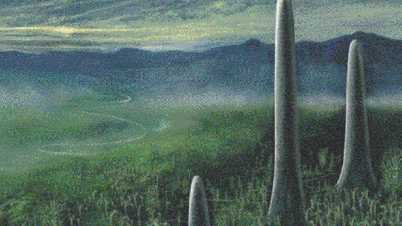

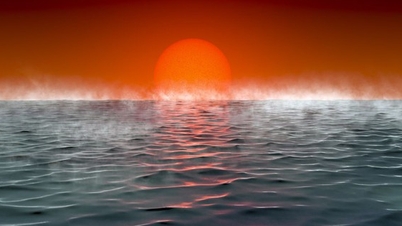




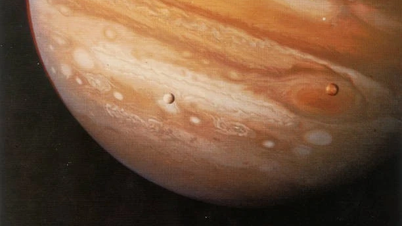













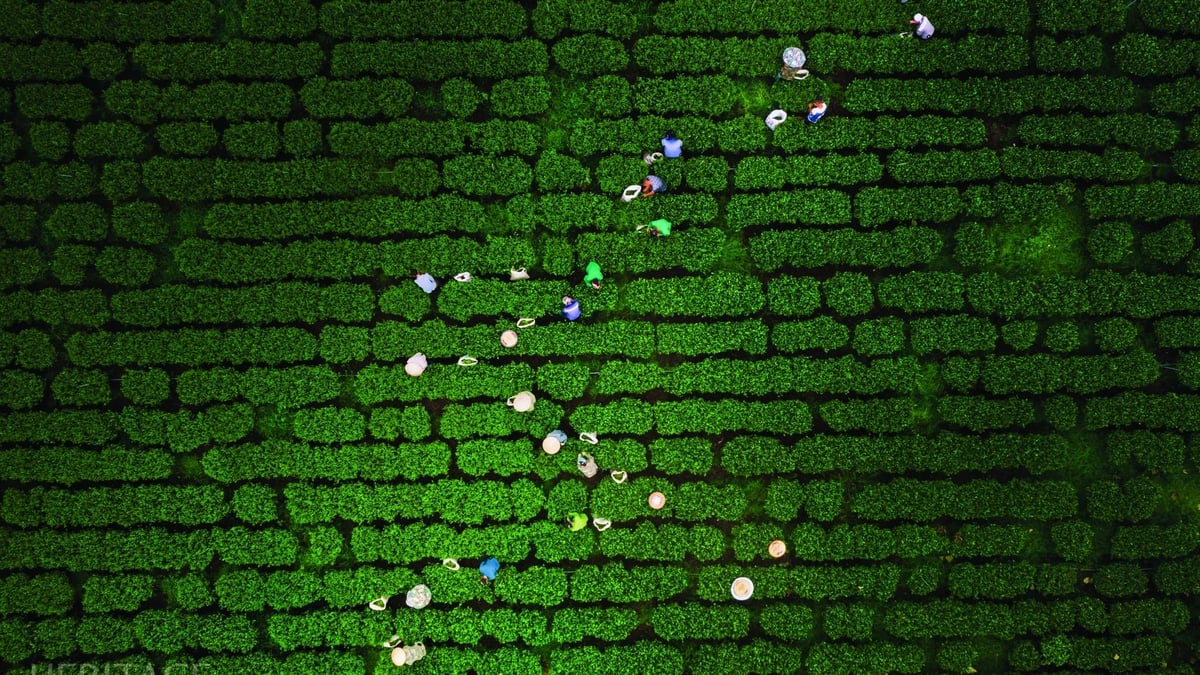

































































Comment (0)